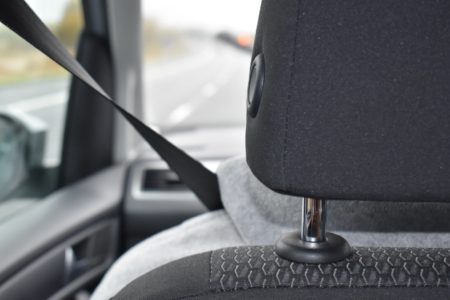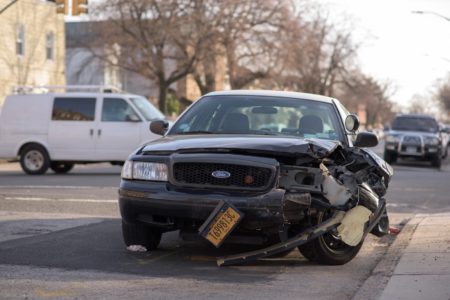As I’d hope we all know, the law regarding sharing the road with ambulances is that when you hear and/or see an ambulance going the same way you are, everyone is required to move to the right to let the ambulance through. Everyone else in the other directions are required to stop (unless there is a median), even if the light is green.
It makes me happy when I see drivers doing the right things in these situations and that it all happens seamlessly. But what happens when you are literally stuck and cannot do what you’re supposed to, as much as you desperately want to?
I would like to share with you a personal story that happened to me about an ambulance approaching from behind me where I was unable to move to let it through.
I was stopped at the stop line of an intersection prepared to turn left. My light was red and I had a median to the left of me, with cars on the other side traveling in the other direction. All of a sudden I heard the sirens of an ambulance approaching from behind, and when I looked through my rear view mirror, it was in my lane. I put my right turn signal on to move over, but other people were not moving over enough for me to be able to get out of the way.
At this point, my light was green, but (fortunately), no one was going through the intersection as they are required to stop. Not knowing what else to do, and not wanting to impede the path of the ambulance, I looked and proceeded through the intersection from the left lane. I would never do this at any other time, but I felt it was the best and only choice I had as I knew everyone wanting to go through the intersection was stopped, so it was the safest thing I could’ve done. Once I cleared the intersection, I signalled to the right and stopped on the side of the road waiting for the ambulance to pass.
I think this story is very important because as the driver I am, I know the laws and obey them. But it is important to recognize that there are some (very infrequent) situations where you may not be able to do the exact thing you are supposed to do as a driver when to comes to sharing the road with emergency vehicles. Always make sure to analyze the situation, while still clearing the way for the emergency vehicle, and making the safest possible decision you can for yourself, and everyone else on the road.

How the Demerit Point System Works in Ontario
Demerit points are used to keep the roads safe by revoking licence privileges from repeat-offenders or drivers who commit serious infractions. As a driver in Ontario, you will receive a warning letter if you accumulate 6-8 demerit points, a second warning letter for 9-14 demerit points, and a 30-day licence suspension for 15 or more



